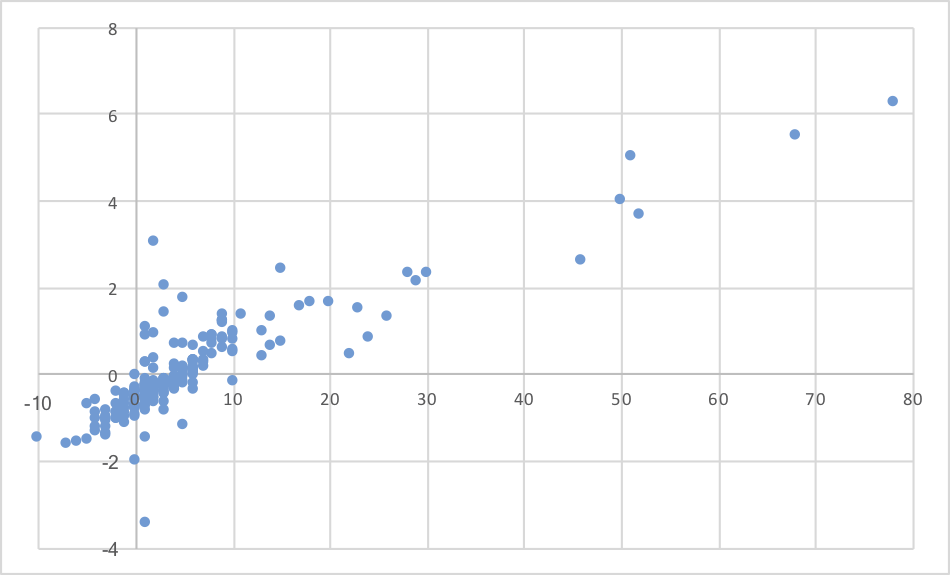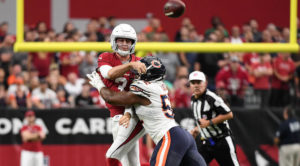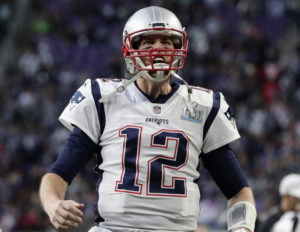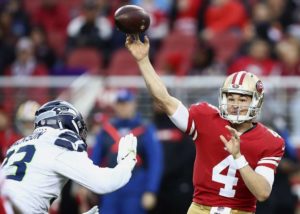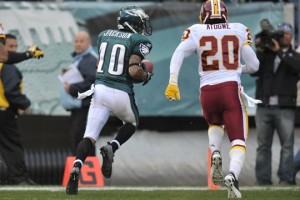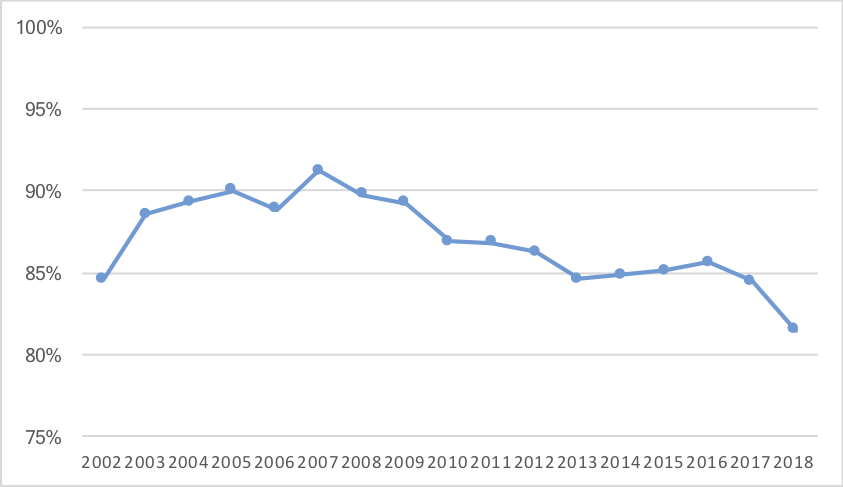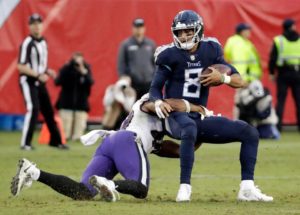
Barkley ranks 3rd in yards from scrimmage in 2018.
In 2013 and 2014, no running backs were selected in the first round. In 2015,
Todd Gurley and
Melvin Gordon were selected at 10 and 15, but the return of the highly drafted running back came one year later.
In 2016, Ezekiel Elliott was the 4th overall pick. He helped the Cowboys to a 9-win improvement.
In 2017, Leonard Fournette was the 4th overall pick. He helped the Jaguars to a 7-win improvement.
On their own, of course, neither player was worth that many wins. But that was part of the argument used when the New York Giants took a running back — Saquon Barkley in this instance — with the second overall pick, ahead of say, Sam Darnold. The thought process was that the Giants might have one last run in them under Eli Manning, and Barkley could have an Elliot- or Fournette-like impact for Big Blue. And there was evidence that drafting a top-5 running back typically leads to a big improvement in wins for a team; in addition to Elliott and Fournette, Reggie Bush and the three running backs selected in the top 5 of the ’05 Draft all added at least 5 wins to their teams.
On one hand, Barkley clearly didn’t lead to that sort of impact. In 2017, the Giants went 3-13; this year, New York is 5-10, pending a meaningless week 17 game against the Cowboys. On the other, Barkley has probably exceeded even the most optimistic of expectations, producing 1,884 yards from scrimmage through 15 games. Whatever you thought about Barkley the prospect, Barkley the NFL player certainly hasn’t disappointed.
But that only serves to underscore how a star running back isn’t worth a top-5 pick, especially in a draft with potential franchise quarterbacks available. Barkley has averaged 4.9 yards per carry (10th-best), rushed for 1,198 yards (3rd-best) and rushed for 10 touchdowns (5th-best): he has been a big improvement on the ground for an offense that relied on Orleans Darkwa and Wayne Gallman last year. And as a receiver, Barkley has lived up to the billing: he has 87 receptions on a 77.0% catch rate and has averaged 7.9 yards per catch. He hasn’t lost a fumble all season!
But the Giants, perhaps in part due to bad luck, have remained a bad team. New York is 2-4 in games decided by 3 or fewer points, and 4-7 in games decided by a touchdown or less, so maybe the Giants should have won 6 or 7 games already. Barkley has made the Giants a better team — or, at least, a better offense — but there remains a limit to how much value a running back can provide in the 2018 NFL.
The biggest red herring, I think, comes in the terms of receiving yards. Barkley has 688 receiving yards, which sounds great until you realize that Barkley has 21% of Giants targets and 24% of Giants receptions, but only 17% of Giants receiving yards and 15% of Giants first downs. This isn’t a knock on Barkley as much as it is a knock on the position: for the most part, running backs don’t make a big contribution in the passing game, even when they have a lot of receptions.
Consider that Barkley had 113 targets. Of those:
- 26 were incomplete passes;
- 16 were third down receptions that did not pick up a first down;
- 8 were first or second down receptions that gained negative or zero yards
That’s 50 of 113 targets that did not provide value, compared to 28 of 113 targets that gained a first down. Again, this isn’t much of a knock on Barkley the player: for a running back, it’s extremely difficult to provide significant value in the passing game. And in the modern NFL, there’s a very real cap as to the value a running back can provide in the running game, while passers are picking up first downs with relative ease. By comparison, Barkley has gained a first down on just 18% of all rushing plays.
Barkley looks like he may be the next great running back, but it’s not looking like he was a great choice with the #2 pick.

